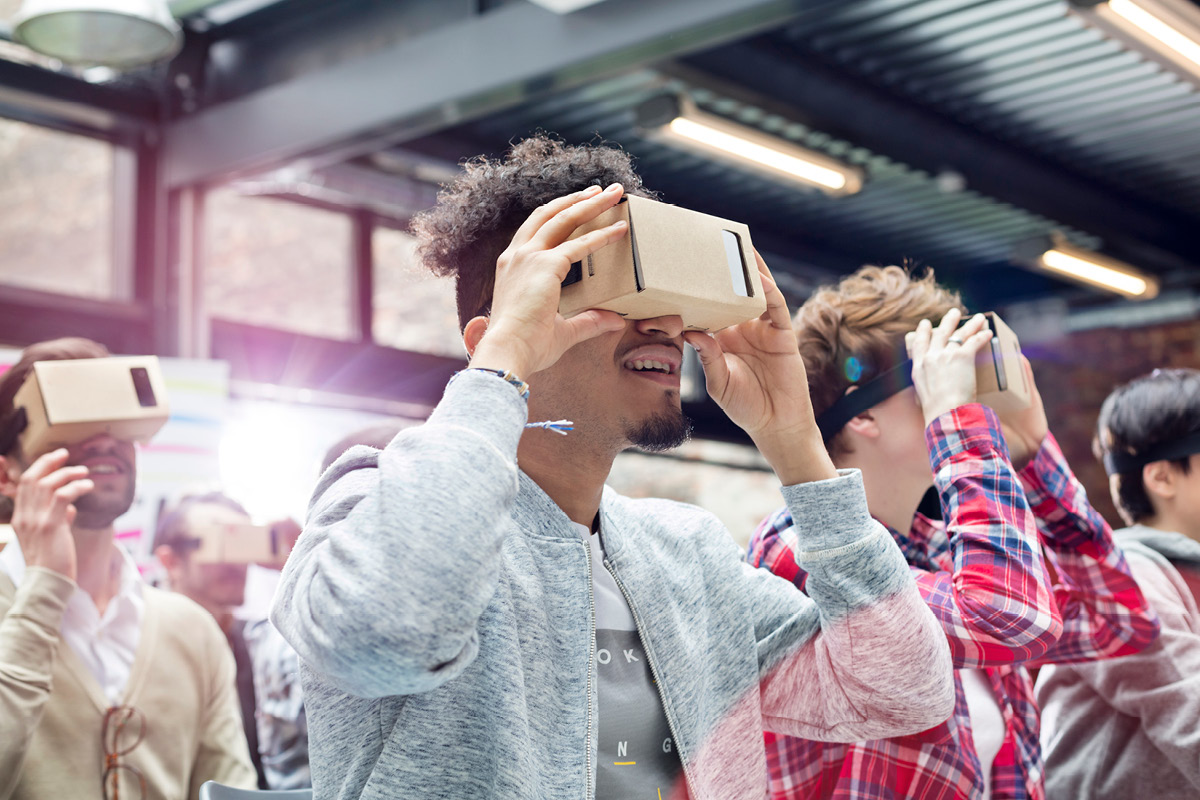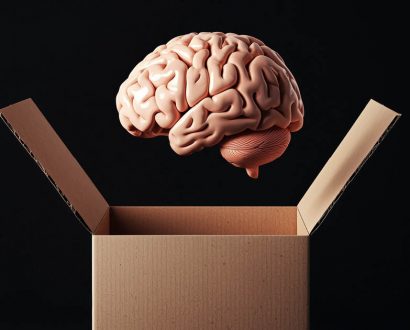We’re in the midst of an era of unprecedented technological change. It’s an exciting time in business, albeit daunting for some. Companies are transforming rapidly; diversifying their product offerings to incorporate new technologies.
Entire sectors are also adapting; placing greater value in modern technology to drive advancements, for example in medicine, where artificial intelligence (AI) is helping to diagnose diseases and Big Data is being put to work to help find cures for cancer.
With more people and companies embracing AI, automation, and the Internet of Things (IoT), we will see these technologies pushed further, to deliver even more impressive results in 2018.
AI fuelling the Intelligent Enterprise
Over the past year, AI skills such as pattern recognition and decision making have played an important role in the much-talked-about Google DeepMind AlphaGo wins against expert human players of the ancient Chinese game of Go. The most groundbreaking technique AlphaGo demonstrated, however, was reinforcement learning, which is the tendency to produce an action that is followed by an increase in reward.
Algorithms based on reinforcement learning are already available. In 2018, they will be applied to autonomous vehicles on the road and robots on factory floors.
Over the next year, interest in AI will grow across every industry, and by 2020 the AI market will reach US, according to IDC. But how will these investments pay off for the enterprise? Well, equipped with AI and cognitive systems, Big Data analytics, and machine learning, the insights-driven Intelligent Enterprise will outpace its competition.
Keeping these four key areas top of mind will be essential to success:
-
Autonomous cars, trucks and drones will become mainstream
AI-based algorithms that leverage reinforcement learning will ‘drive’ autonomous vehicles, robots and drones. More intelligent robots are being built to not only think for themselves but also to sense their surroundings in more accurate ways.
Intelligent drones are helping farmers better service and monitor their crops, as well as deliver goods to remote locations. And all major car manufacturers are test-driving autonomous cars. We’re likely to see autonomous transport trucks hit the road at the same time, if not before, self-driving cars.
And when they do, they will dramatically overhaul the logistics and transportation industries – particularly in a country like Australia with such long-haul distances between cities.
Reductions in fuel consumption, faster delivery times and the predicted number of lives that will be saved make autonomous vehicles an attractive alternative. Once liability, privacy and regulatory wrinkles are ironed out, the sky will be the limit – literally.
-
Internet of Everything
The Internet of Things (IoT) is creating a giant, global network of devices and machines that are connected, communicating and exchanging data, now commonly described as the Internet of Everything (IoE). This market will see billions of devices connected by 2020 at a value of US$14.4 trillion.
While we might not feel the immediate effects of the IoE, its potential impact is huge. Advances in IoT-connected biotechnology will take health care to the next level with around-the-clock monitoring, targeted treatment and even automated doses of medication.
In the Intelligent Enterprise, the IoE will connect the global supply chain from end to end, enabling pervasive visibility, proactive replenishment and predictive maintenance. With the IoE, data-driven decision making will become standard in all industries and in our daily lives.
-
Edge computing and devices
IoT and IoE-connected devices are pushing the limits of the cloud, creating a new computing paradigm where cloud and edge computing meet.
As the ‘brain’ behind the IoT, edge computing moves processing power closer to the source of data. In this new paradigm, not all data is equal. Only device data that is worth keeping is sent to the cloud. This reduces the costs associated with handling and storing growing volumes of IoT or IoE-related data.
Time-sensitive data can be processed by the device itself, allowing for quicker response times while reducing network latency. This is far more efficient than using the cloud alone where, with its split-second latency, turnaround times can be too slow.
As the number of devices requiring immediate or high-volume data processing continues to increase, edge computing will push the cloud to the sidelines, where it will act as a supporting technology. Together, cloud and edge computing will offer benefits like agility and time savings, while providing the infrastructure we need to support the ever-expanding IoT/IoE universe.
-
The next generation of cybersecurity
Cyberspace has emerged as a new battlefield where bits, bytes and botnets are the weapons of choice. Firewalls and other traditional security measures do not cut it anymore. New tools will be needed to address the changing nature of cyber warfare.
AI, quantum computing and quantum cryptography are particularly promising countermeasures against cyberattacks. AI (in the form of machine learning) is being used to monitor networks, threats and end points for anomalies and report deviations in real time.
Quantum computing can easily sift through 150,000+ daily threats in an organisation’s network to identify which events are the riskiest. And quantum cryptography can ensure secure communications. These emerging technologies are redefining cybersecurity as we know it. Moving forward, they will be our best line of defence against the proliferation of sophisticated cyberattacks.
In 2018, everything from the cloud, edge points, machines, automation, supply chains, security and customers will become more intelligent, and more interconnected. But the greatest impact will be on the workforce. As the baby boomers retire, gen X turns its attention to knowledge transfer, and millennials are the dominant demographic, gen Z is preparing to enter the workplace.
Intelligent Enterprises will recognise this as the greatest generational shift the workplace has ever seen. Gen Z take hyperconnectivity to new levels and will bring their habits, technology and culture with them into the workplace.
Embracing the aforementioned technologies and an open, collaborative culture, will ensure the enterprise is positioned to take on this new period of change and the opportunities it will deliver.
Written by OpenText’s CEO and CTO Mark J Barrenechea, and Vice President – Australia and New Zealand, Mike Lord







